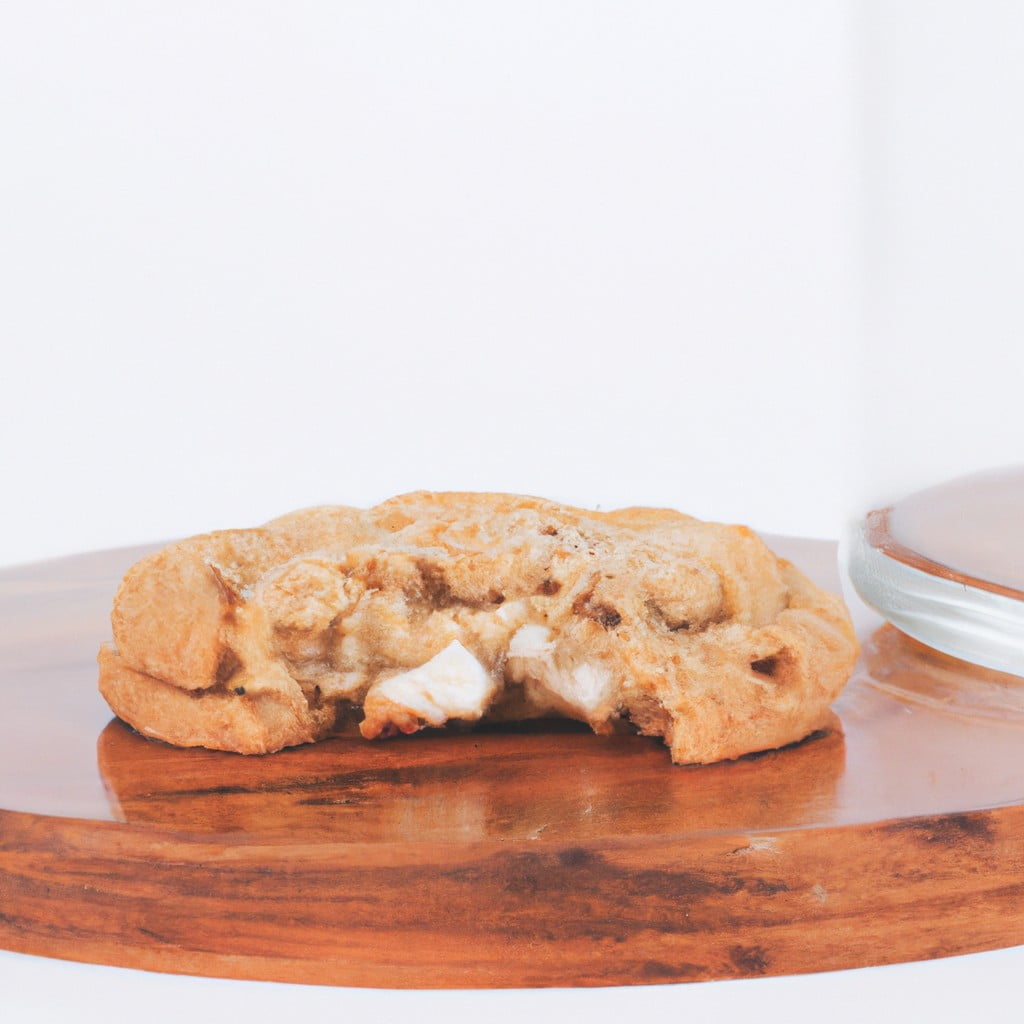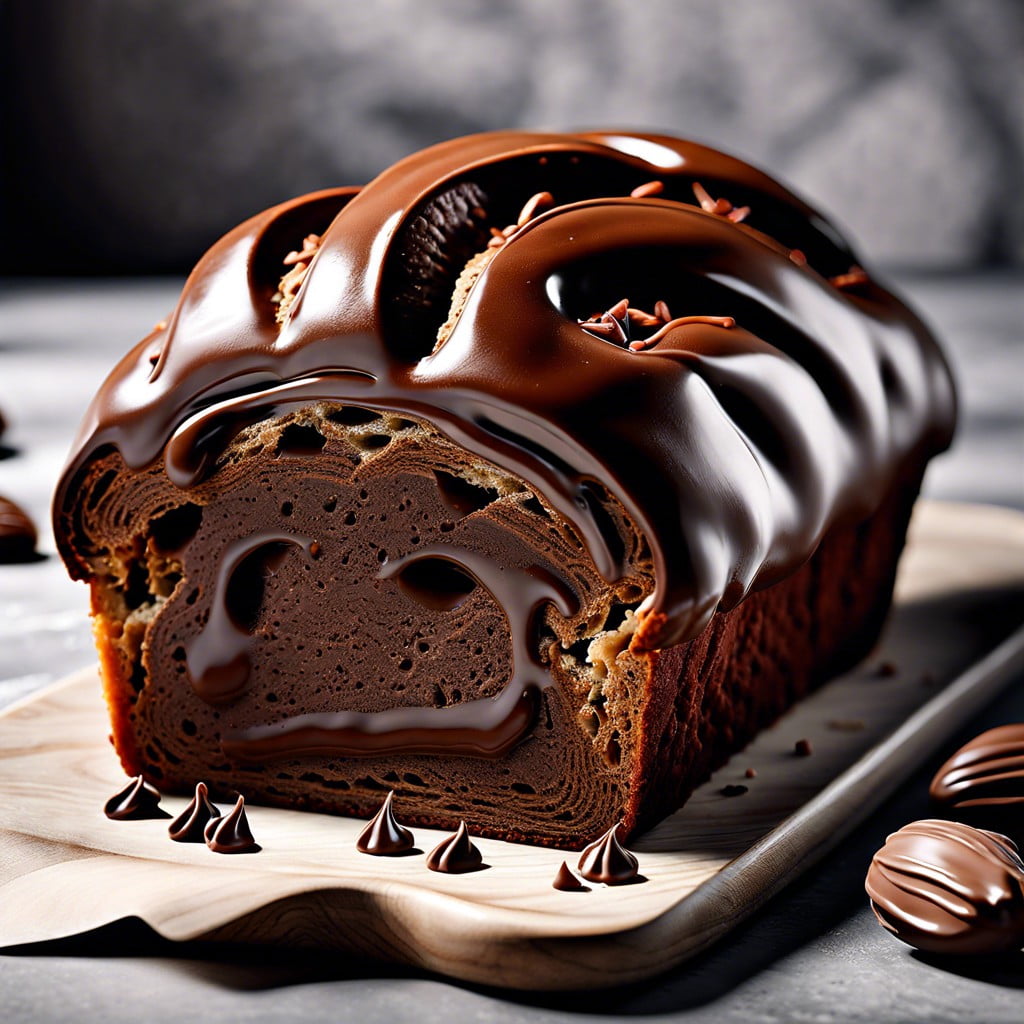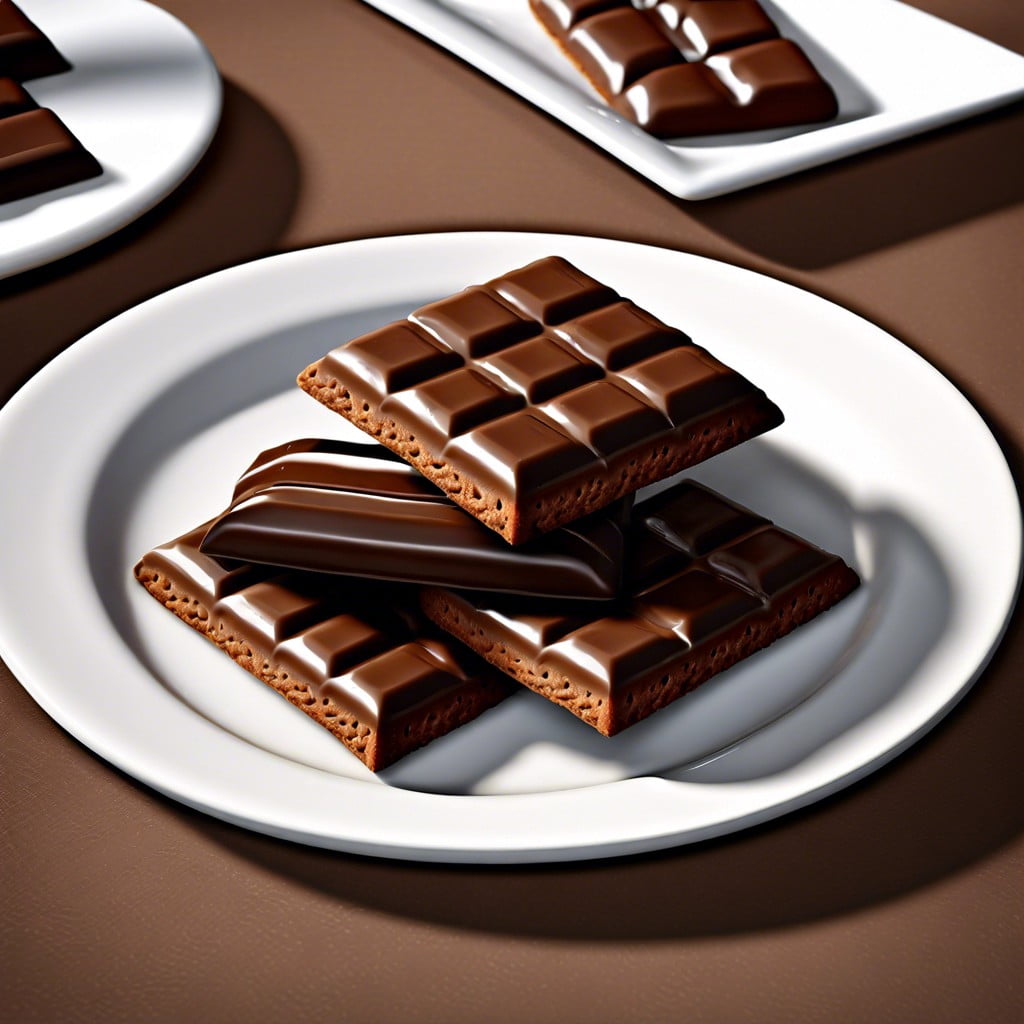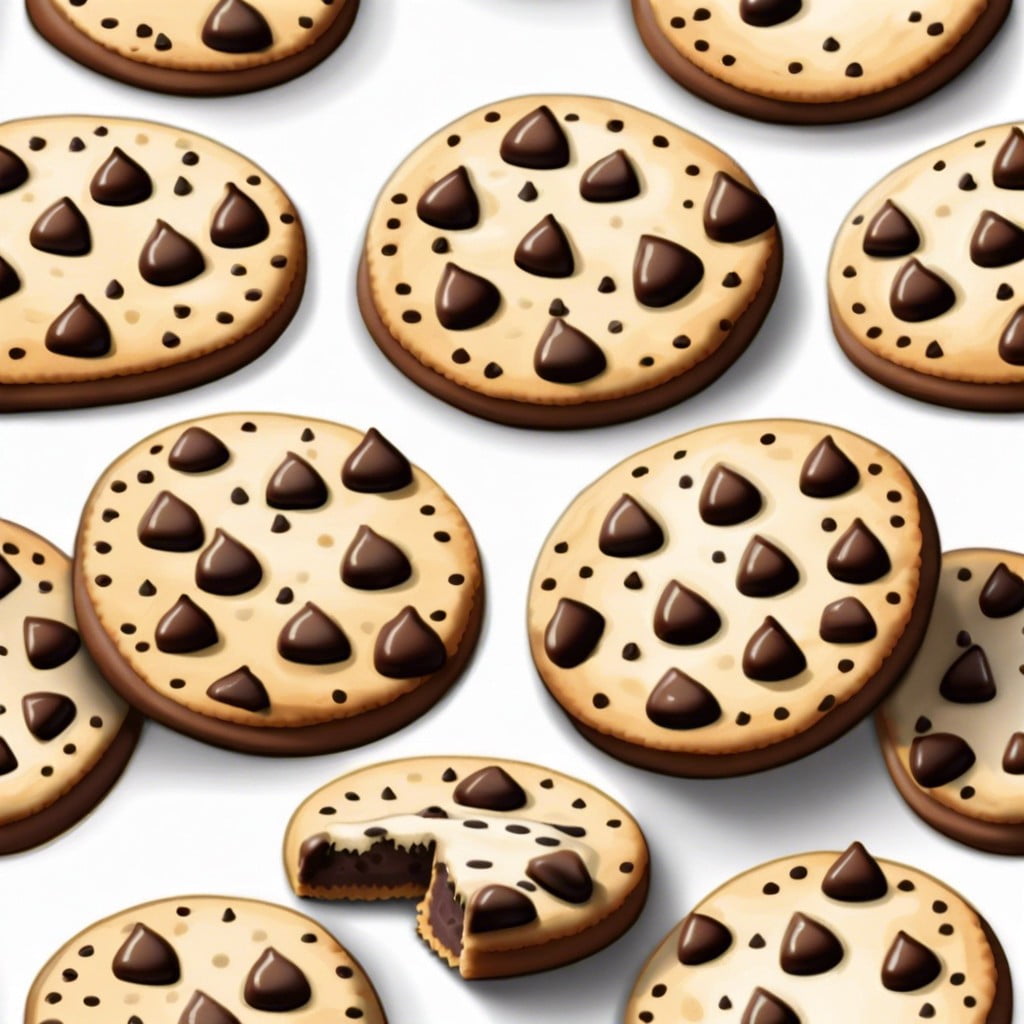This how-to article will guide you through unique yet easy-to-follow cookie recipes involving the exquisite taste of chocolate.
Key takeaways:
- Different types of cookies: chocolate chip, double chocolate, oatmeal raisin, sugar, snickerdoodles.
- Key ingredients for chewy chocolate chip cookies: brown sugar, flour, eggs, butter, chocolate chips, vanilla extract, cornstarch, salt.
- Accurate ingredient measurements and room temperature ingredients are important for success.
- Essential tools for cookie making: measuring cups and spoons, silicone spatula, cookie scoop, heavy-duty baking sheet, parchment paper or silicone baking mat, cooling rack.
- Instructions: preheat oven, whisk dry ingredients, cream butter and sugars, add eggs and vanilla, combine wet and dry ingredients, fold in mix-ins, scoop onto baking sheets, bake and cool.
Inside
Best Cookie Recipes

When it comes to cookie recipes, it’s essential to have a variety that satisfies different tastes and occasions. Classic chocolate chip cookies, with their gooey centers and crispy edges, are universally adored.
For those seeking a richer texture, double chocolate cookies provide a dense, fudgy experience. Oatmeal raisin cookies offer a chewy contrast with a hint of spice, making them a comforting choice, while sugar cookies serve as a blank canvas for decorative icing and sprinkles, perfect for celebrations.
Snickerdoodles, rolled in cinnamon sugar before baking, deliver a warm, aromatic bite ideal for pairing with coffee or tea.
Each recipe possesses distinct qualities, from ingredient ratios to baking times, which are key to achieving the desired outcome whether that’s crispy, chewy, or cakey textures.
Key Ingredients for Chewy Chocolate Chip Cookies
Molasses-rich brown sugar imparts both moisture and a deep caramel flavor to your cookies—essential for chewiness. Using more brown sugar than white sugar helps maintain this moist texture.
All-purpose flour provides the structure, but for an extra tender bite, incorporate a bit less than what makes a stiffer dough. This allows the cookies to spread just enough, and not too much.
Eggs are the binding agent. One whole egg plus an extra yolk will enrich the dough, ensuring your cookies are tender and chewy, not cakey.
Unsalted butter melted and slightly cooled, helps in creating that gooey texture. It’s important to let it cool after melting to prevent the dough from becoming too runny.
Chocolate chips or chunks of a high-quality chocolate bar create melty pockets of chocolate in every bite, crucial for a satisfying chewy texture.
A hint of vanilla extract adds depth to the dough’s sweet flavor, complementing the chocolate.
Cornstarch, a less traditional ingredient, can be mixed with the flour to help create that perfect chewy texture by slowing down gluten formation.
Lastly, a pinch of salt balances the sweetness and brings out the flavors.
Incorporating these key ingredients with the right ratios will set the foundation for chewy chocolate chip cookies that strike the ideal balance between soft, rich, and indulgent.
2 Major Success Tips
Firstly, achieving the right cookie texture hinges on accurate ingredient measurements. Scoop flour with a spoon into the measuring cup and level it off with a knife for precision. This prevents the dough from becoming too dense, ensuring that the cookies bake evenly and retain a desirable consistency.
Secondly, the temperature of your ingredients can greatly influence the outcome. Ensure that butter is at room temperature to cream properly with sugars, creating a smooth and aerated base for your dough. Cold eggs should be brought to room temperature as well so they can better emulsify with the mix, contributing to a uniform texture in the final product.
Tools I Recommend for This Recipe
Having the right tools can greatly enhance the cookie-making process and outcome. To start, a set of sturdy, reliable measuring cups and spoons ensures precise ingredient portions, which is vital for cookie consistency. A silicone spatula is perfect for folding in chocolate chips and scraping down the bowl, maximizing your batter and reducing waste. For even cookie size and perfectly round shapes, a cookie scoop is a game-changer. Opt for a heavy-duty baking sheet that distributes heat evenly, preventing the bottoms from burning – pairing it with parchment paper or a silicone baking mat for non-stick baking and easy cleanup. Lastly, using a cooling rack allows air to circulate around the cookies, helping them cool quickly and maintain their texture. These tools are foundational for cookie-making success.
Instructions for Making Cookies
Begin by preheating the oven to the temperature specified in your recipe. Line your baking sheets with parchment paper to prevent sticking and ensure easy cleanup.
In a medium bowl, whisk together your dry ingredients—typically flour, baking soda, and salt—to distribute them evenly.
In a separate large bowl, cream together softened butter and sugars until the mixture is light and fluffy. This can take several minutes, and it’s essential for creating the right cookie texture. Incorporating eggs one at a time and adding vanilla extract follows.
Gradually add the dry ingredients to the wet ingredients, mixing just until combined. Overmixing can lead to tough cookies. Fold in any mix-ins, like chocolate chips or nuts, ensuring they’re distributed throughout the dough.
Scoop dough onto prepared baking sheets, allowing enough space between each cookie for spreading. A cookie scoop can help ensure uniform size and cooking time.
Place the baking sheets in the preheated oven. Baking times will vary, so keep an eye on your cookies and remove them when they are golden around the edges but still soft in the center.
Allow the cookies to cool on the baking sheet for a few minutes before transferring them to a wire rack to cool completely. This will let them set properly and prevent them from breaking.




